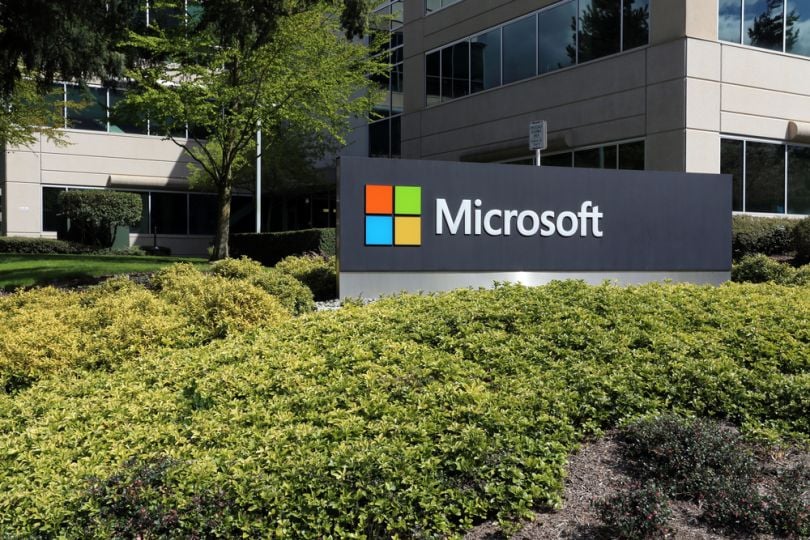- Aug 17, 2014
- 11,777
Microsoft is working on two improvements for its Microsoft Authenticator application. The first tests the delivery of authentication codes via Meta's WhatsApp application instead of SMS, the second attempts to limit Authenticator notifications, if these originate from suspicious sources.
One of the Microsoft Authenticator improvements attempts to block notifications from sources that Microsoft identified as untrustworthy; this should limit these types of notifications, but there is also a chance that a legitimate notification is blocked by Microsoft's systems. To address this case, Microsoft Authenticator does display the sign-in prompt when the application is opened by the user.
Microsoft plans to launch the change in the coming two months. It is unclear if Outlook, which was updated recently with authentication support, will also receive the changes.
Another new Microsoft Authenticator feature is the ability to receive confirmation codes via WhatsApp and not via SMS. SMS is notoriously unsafe. While WhatsApp has its own share of issues associated with it, including privacy concerns, it is giving users of the application another option. Microsoft plans to launch a trial in October, but only for users in India, Indonesia and New Zealand.
Microsoft has yet to make a public announcement regarding the changes. Information about the planned features has been posted to the Microsoft 365 Admincenter only at the time.

Microsoft Authenticator will soon provide codes via WhatsApp - gHacks Tech News
Microsoft is working on sending codes via WhatsApp when using its Microsoft Authenticator application.